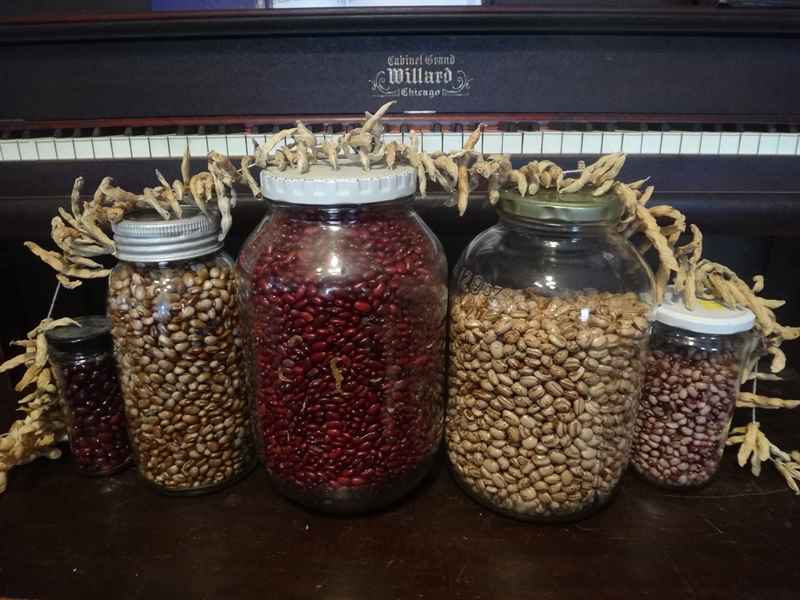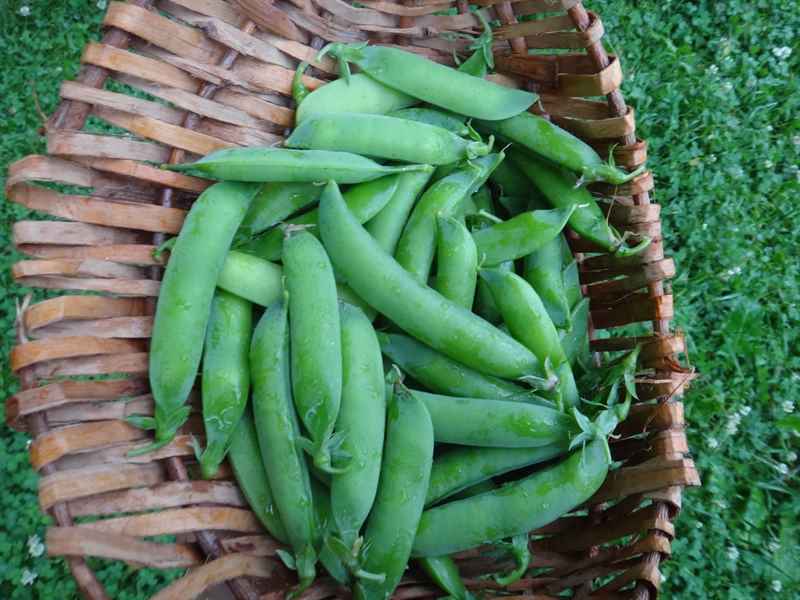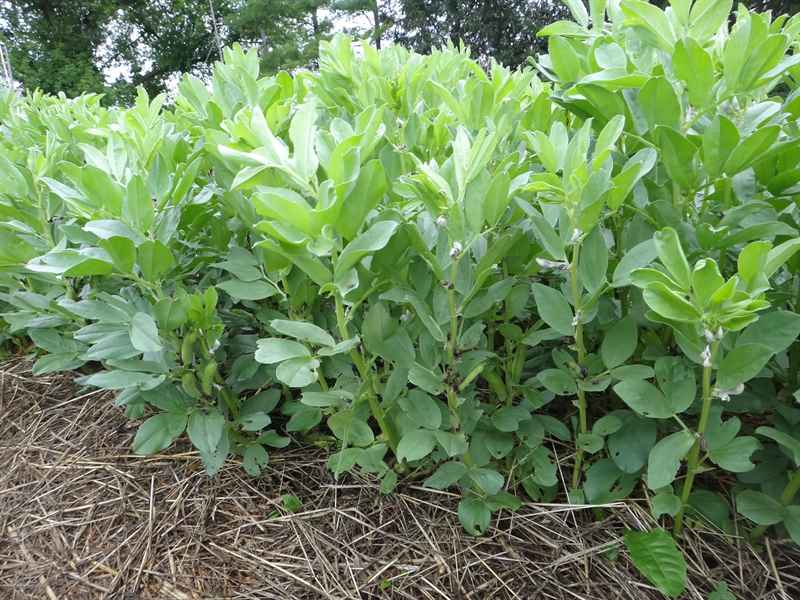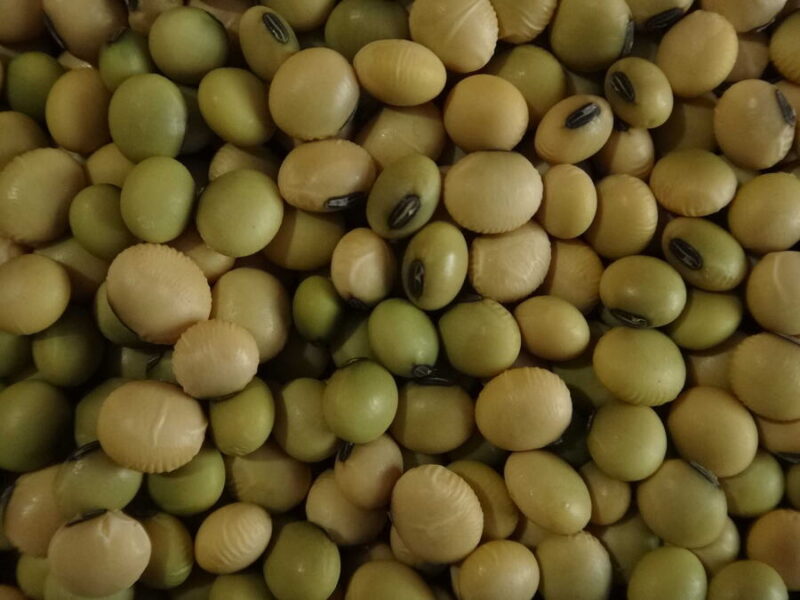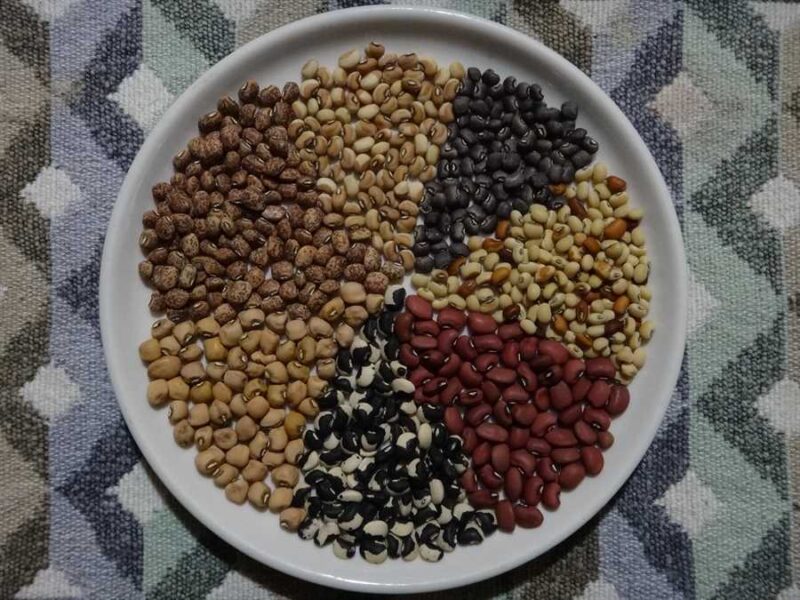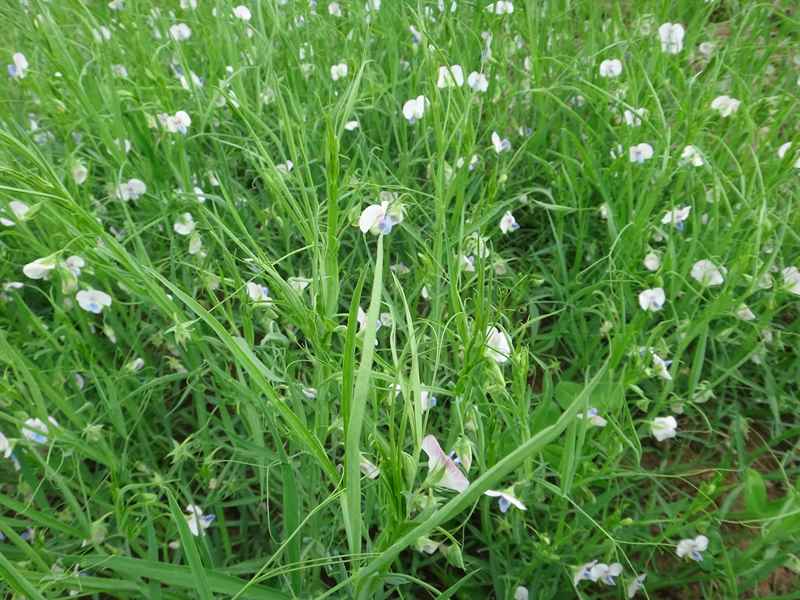-
Beans
(Phaseolus vulgaris ) Green beans and dry beans are the same species harvested at different stages of growth. Dry beans are not hard to grow in my zone 4 or 5 conditions. Plant them the same as green beans, but leave the pods to dry on the plants. I don’t water them. Ideally, wait to harvest until the pods are dry and brown or yellow and the seeds rattle inside… -
Peas
(Pisum sativum) Peas have a very long history alongside humanity; they may have been domesticated as much as 13,000 years ago. All that time has let us do some interesting things with them. Today, we eat peas at the same three stages as beans, though we call these stages by different names. Snow peas are analagous to green beans, eaten while the seeds are still undeveloped and pods are flat.… -
Favas
(Vicia faba) Favas, called broad beans by the British, shouldn’t really be called a bean; more closely related to peas, they thrive in the same conditions peas favour – cool and damp. Plant in early spring, at the same time as peas; they will be happiest if you mulch them and water if it turns dry. Favas are upright plants which theoretically don’t need support. In fact, it has been… -
Cowpeas
(Vigna unguiculata) I love cowpeas, thanks to three years of my childhood being spent in Cambodia where green cowpeas (usually called yard-long beans) were my favourite fresh vegetable (I should probably confess that, as a picky eater involuntarily landed in a completely different food culture by his parents, I seized on cowpeas as one of the few vegetables which looked enough like the things we grew in good old Canada…


